
Experience a taste of remote Buryatia with “Boovy”: deliciously flaky pastries shaped like rolled ears.
Olga BrovkinaBoovy are a traditional dish that originates from the Buryat people, an ethnic group that inhabits the remote region of Buryatia in Siberia, Russia. Initially, Boovy were made for special occasions and celebrations such as weddings, birthdays, and religious festivals. The snack is also a popular treat during the winter months when the cold weather makes it the perfect comfort food.
Traditionally, Boovy were prepared by the women of the household, and the recipe was passed down from generation to generation. The exact recipe was often kept a secret and was only shared with close family members. Today, Boovy are still made using traditional methods and are a much loved snack among the Buryat people.
In addition to its delicious taste, Boovy are also associated with many cultural traditions. They are often presented as a gift to friends and family as a symbol of love and respect. Boovy are also believed to bring good luck and prosperity to those who eat them.
The most interesting thing is the fact that Buddhists in the Buryatia region truly hold Boovy in high regard. They see the pastry as a way of paying tribute to the Buddha and his teachings. The legend goes that Boovy were first created by a Buddhist monk who believed that by offering this snack to the Buddha, he would be able to attain enlightenment and spiritual fulfillment. Even today it is believed that by eating Boovy one can connect with the Buddha and receive his blessings.
To enhance the taste of Boovy, they are traditionally served with condensed milk or honey. This adds a sweet and creamy flavor to the pastry, making them even more enjoyable to eat. The combination of a soft and flavorful inside and crunchy outside pastry, and sweet filling, creates a unique sensory experience.
Boovy can be enjoyed on their own as a snack, or as part of a larger meal. They are a popular item in cafes and bakeries, and are often served with tea or coffee. Many people also enjoy making Boovy at home, experimenting with different fillings to create their own flavor combinations.
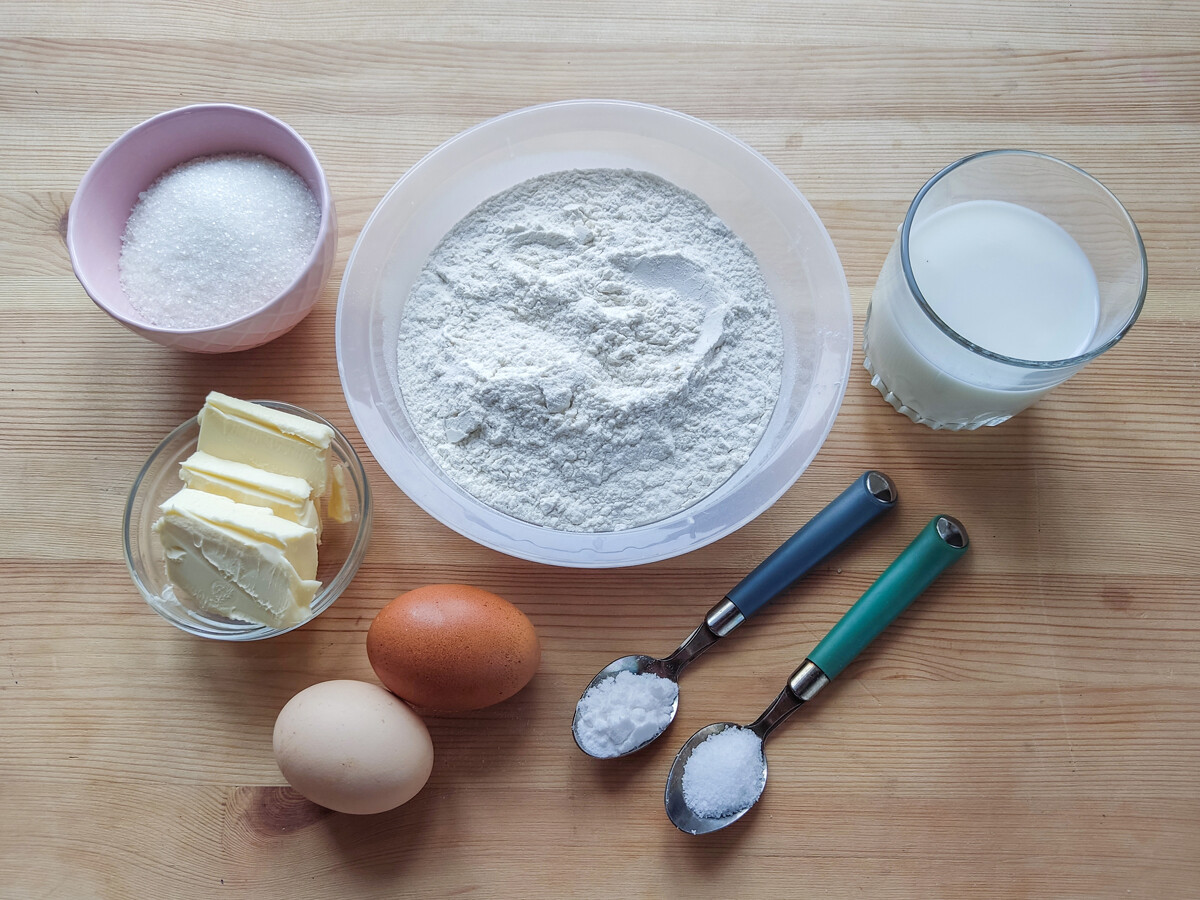
1. In a large bowl put eggs and sugar, mix well until light and fluffy.
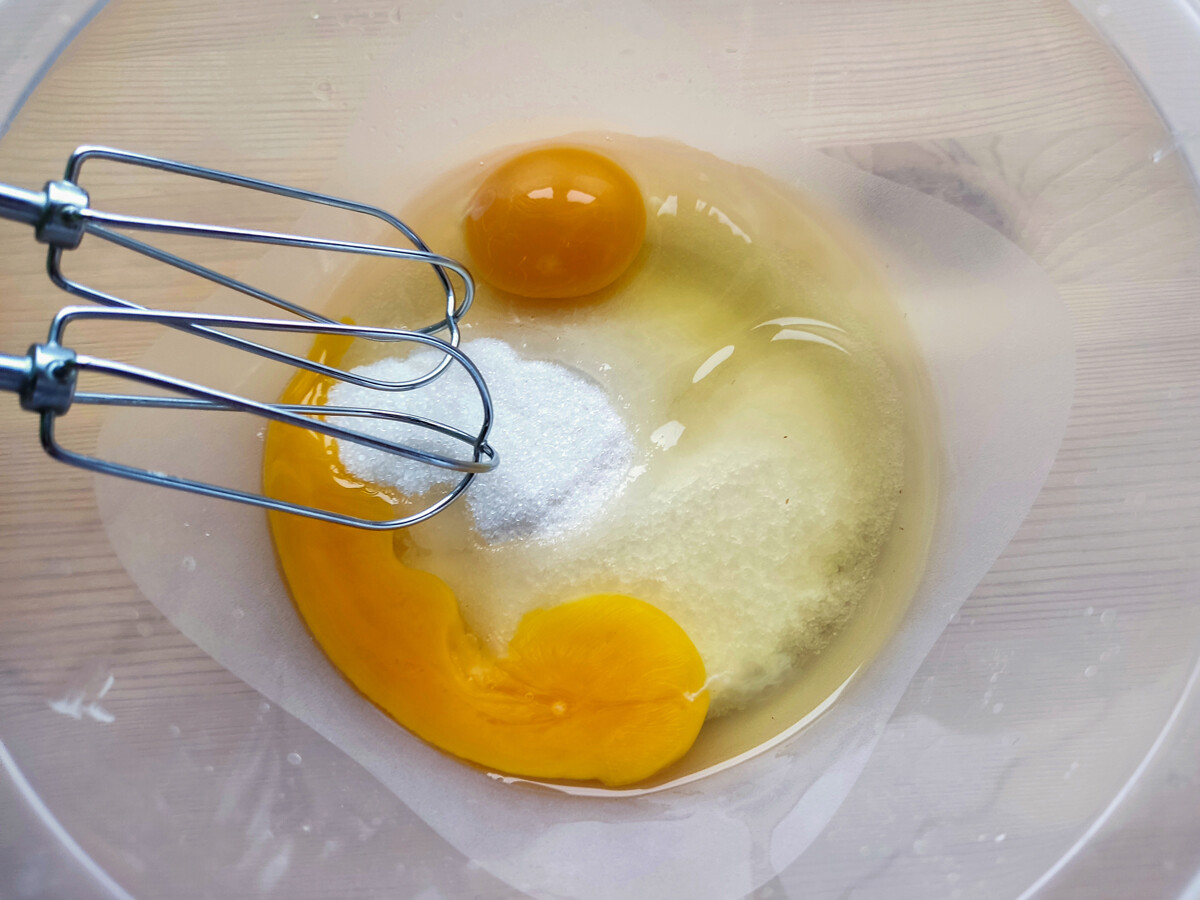
2. Using a microwave, melt the butter and add it to the mixture.
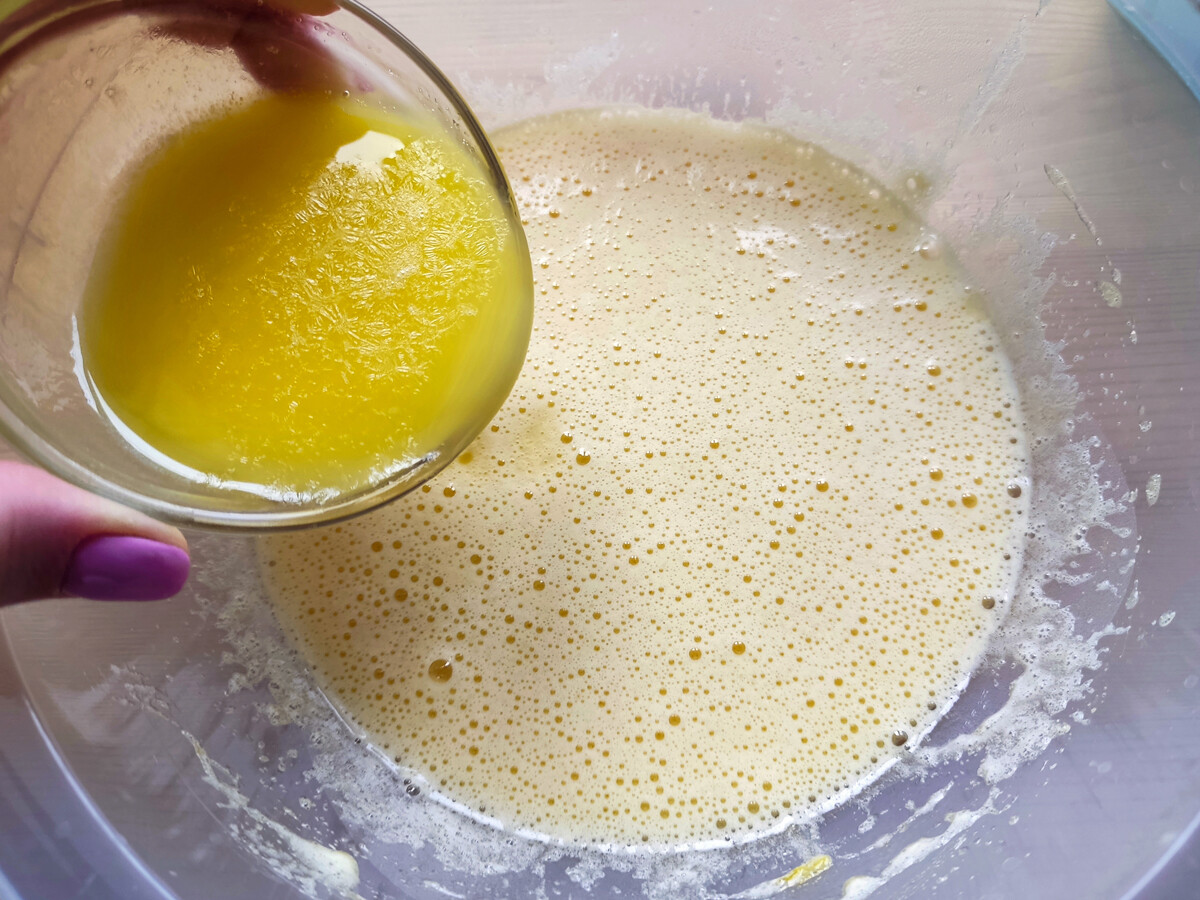
3. Pour the warm milk and beat until well-combined.

4. In a separate bowl, mix together the flour and baking soda. Gradually add the flour mixture to the butter mixture, until a smooth dough forms.
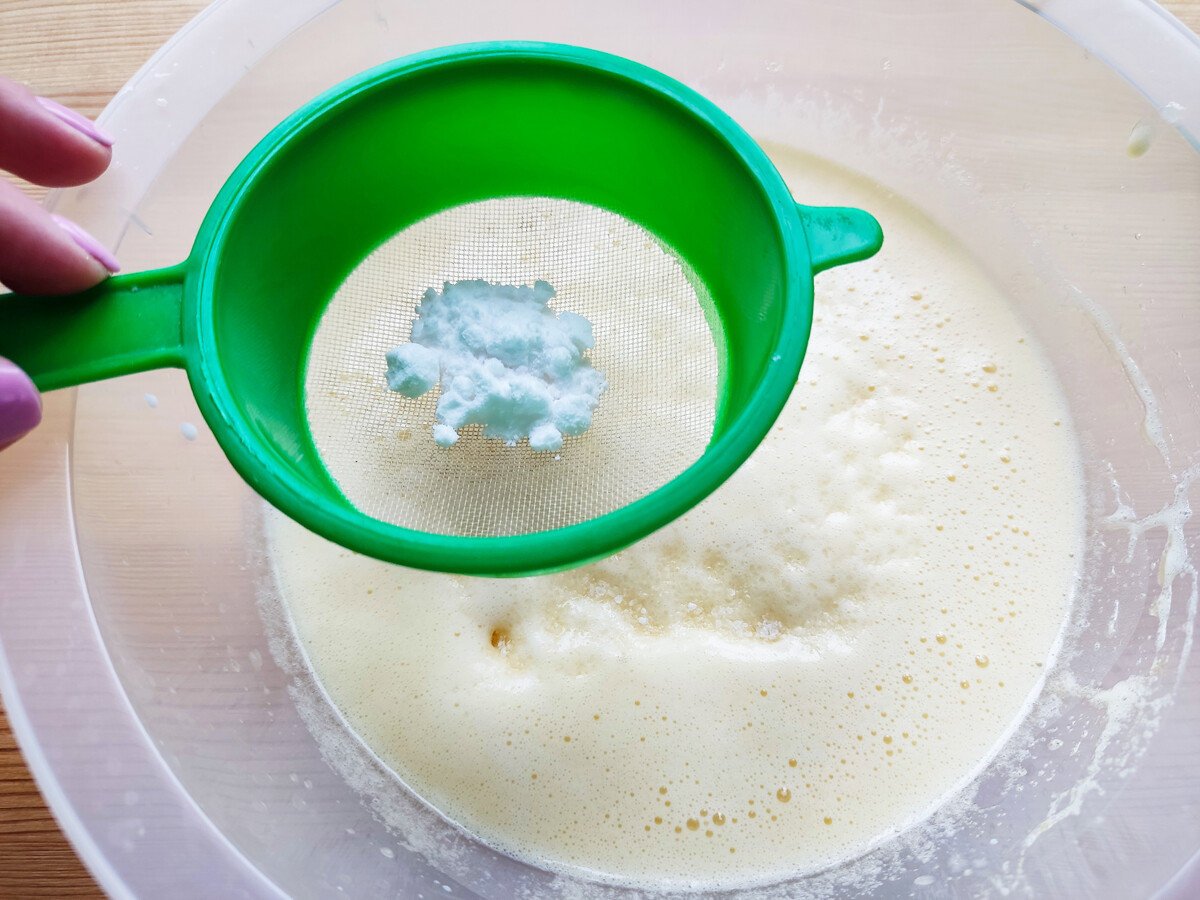
5. Roll the dough into a thin layer.
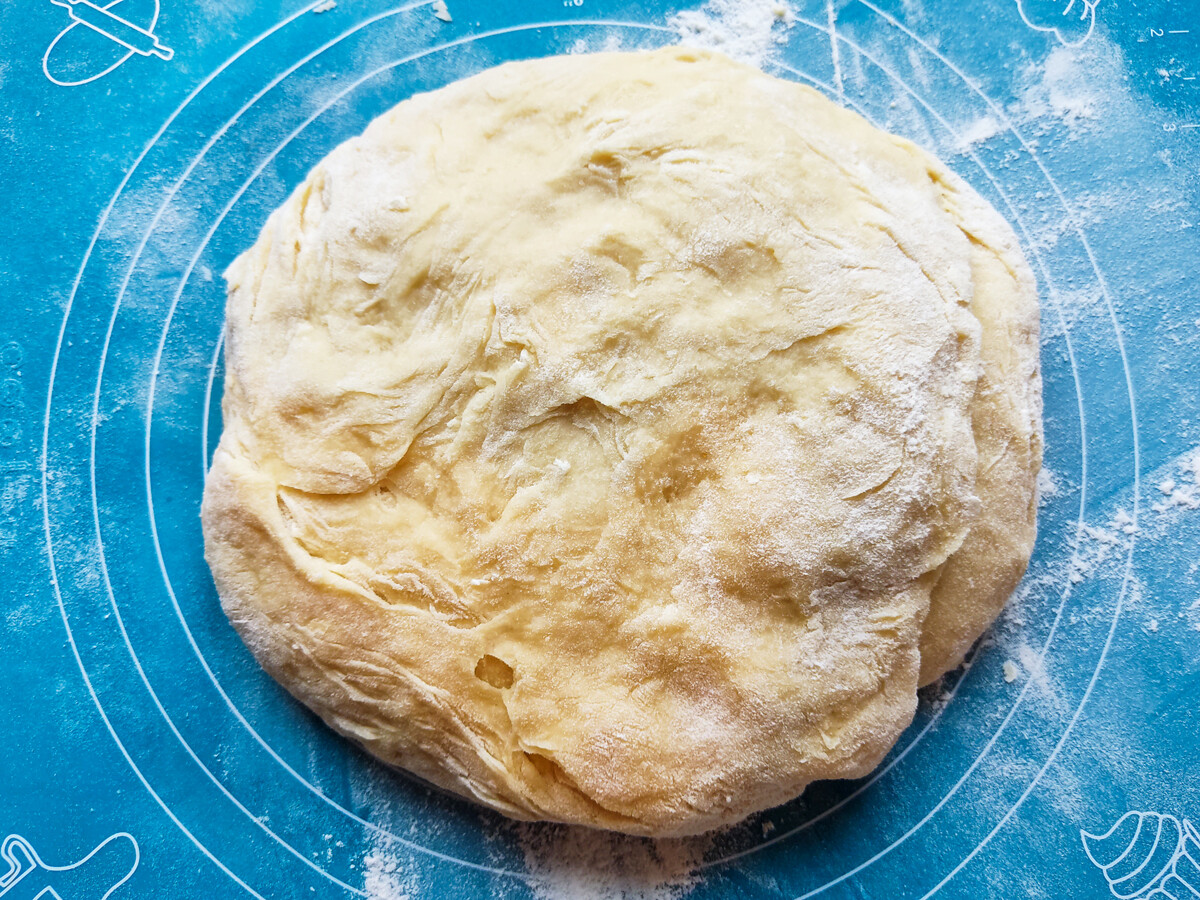
6. Cut the layer into rhombuses, then make a small hole in the middle of each rhombus and after that, place one end of the rhombus into the hole, making a figure resembling an ear.
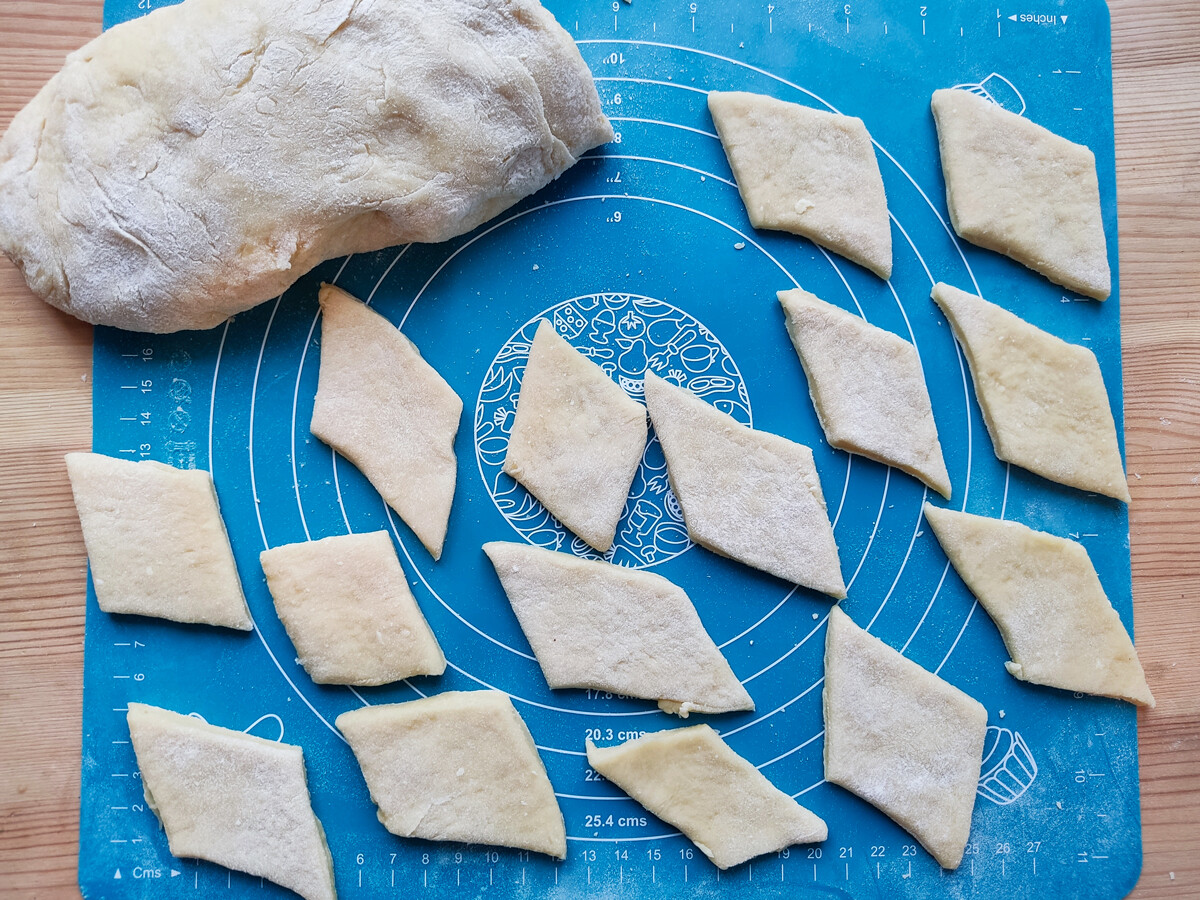
7. Place the resulting figures into hot oil, making sure not to overcrowd the pan.
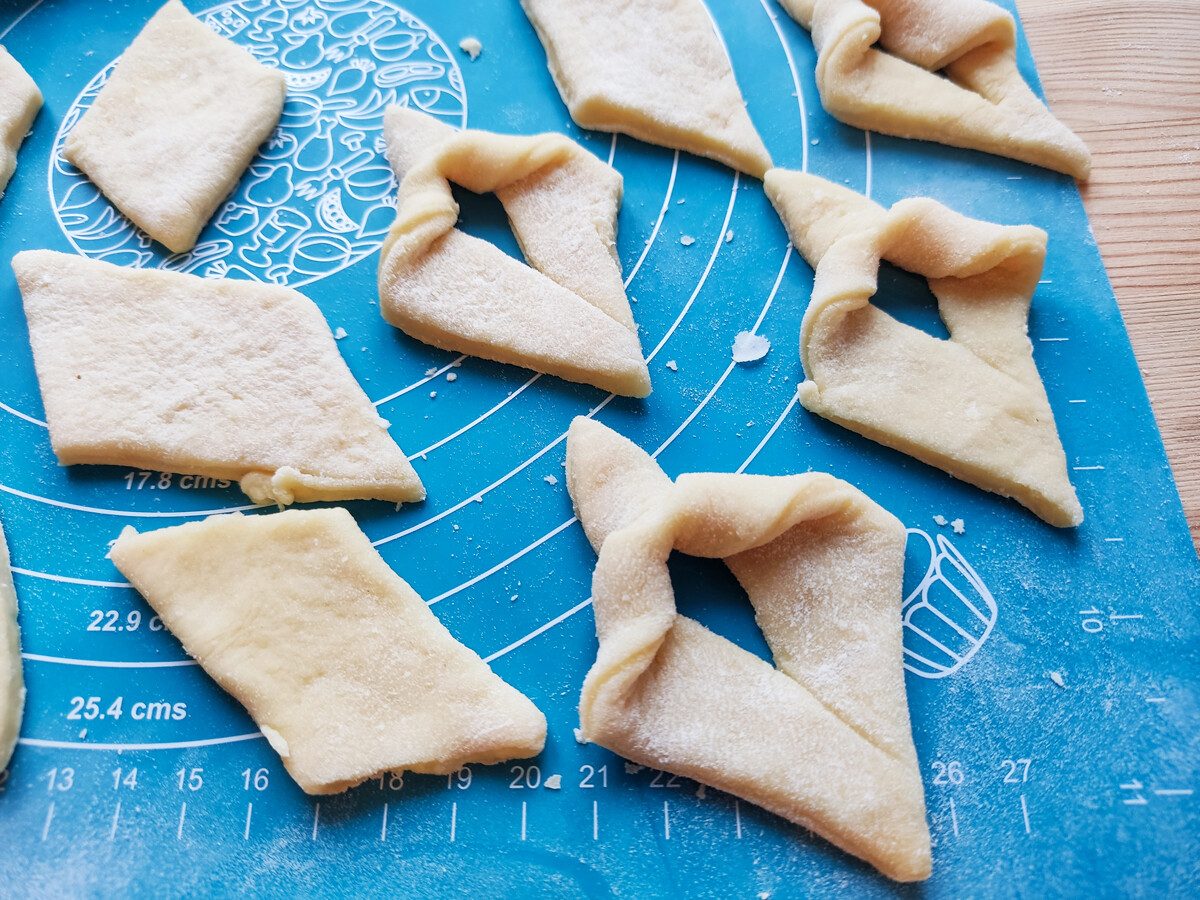
8. Fry the Boovy for 2 minutes on each side, or until they are golden brown and crispy.
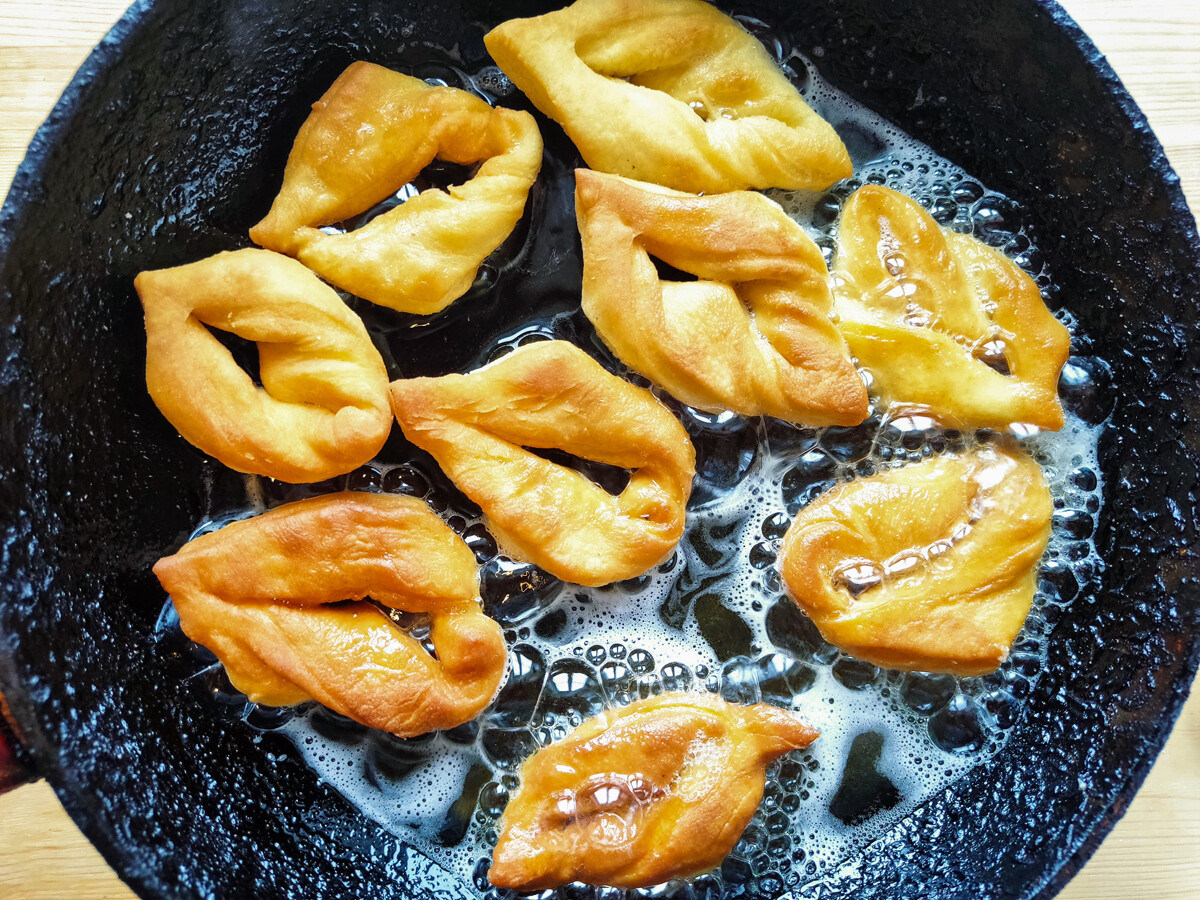
9. Remove the Boovy from the pan using a slotted spoon and place them onto a paper towel-lined plate to drain any excess oil. Serve them warm and enjoy!

Dear readers,
Our website and social media accounts are under threat of being restricted or banned, due to the current circumstances. So, to keep up with our latest content, simply do the following:
Subscribe to our Telegram channels: Russia Beyond and The Russian Kitchen
Subscribe to our weekly email newsletter
Enable push notifications on our website
Install a VPN service on your computer and/or phone to have access to our website, even if it is blocked in your country
If using any of Russia Beyond's content, partly or in full, always provide an active hyperlink to the original material.
Subscribe
to our newsletter!
Get the week's best stories straight to your inbox